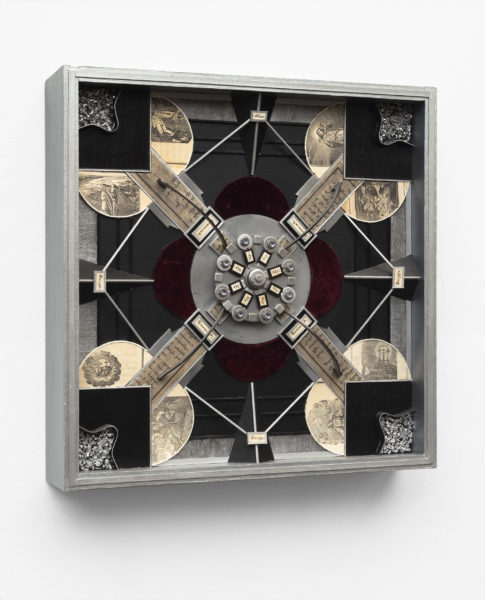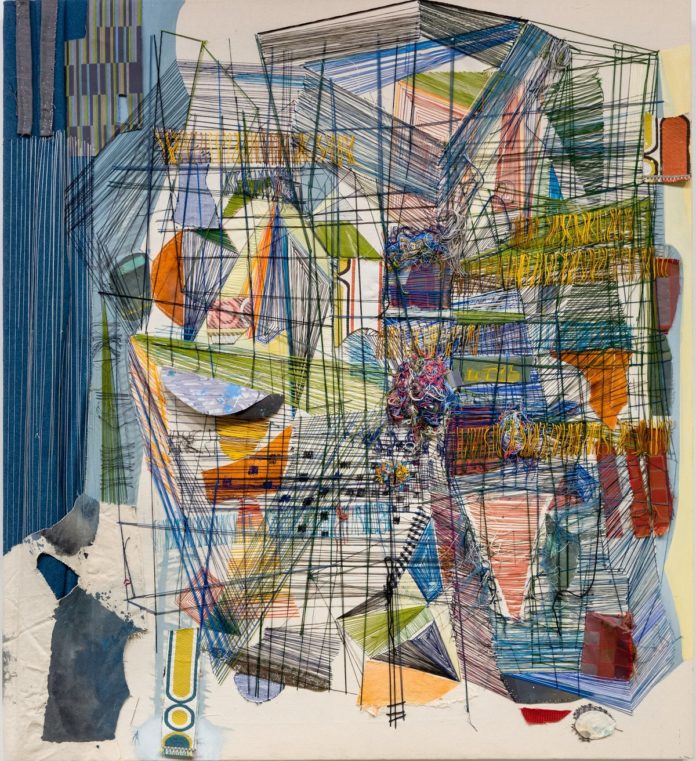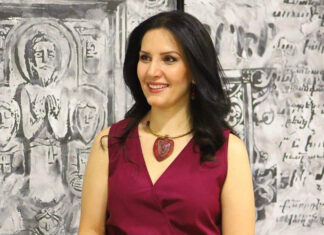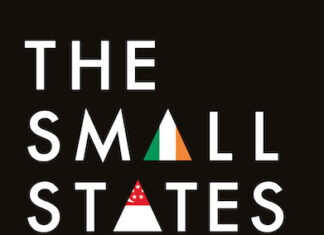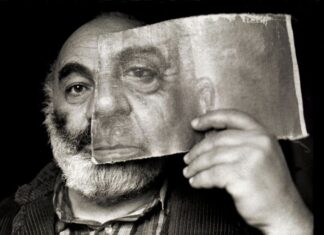NEW YORK — To many people, the word curate evokes images of priests in religious garb since curate is also a synonym for a man of the cloth, or else it’s easily confused with the verb “to cater.” So what does it actually mean to curate something or to say that something is “curated”? The Merriam-Webster Dictionary defines curated as “carefully chosen and thoughtfully organized or presented.” Thus, anything from a baseball card collection to one’s group of friends or even one’s life can theoretically be curated. One can curate art, film, fashion, music, food — and in an age of social media, every other person is in fact curating daily his or her life online.
In the art world, to curate means something slightly different. From the smallest art show to the world’s most prestigious museums, curators today seem omnipresent, yet few people really understand what a curator does. Simply put, curators perform studio visits, conduct research and curate exhibitions. They write essays for catalogues and then typically hold a series of talks or panels to discuss the exhibition and the artwork displayed. Depending on the size and budget of the organization or institution with which they work, they may also be responsible for hundreds of other administrative and logistical aspects to an exhibition, including, but not limited to, securing funding, insurance, and shipping of the artworks.
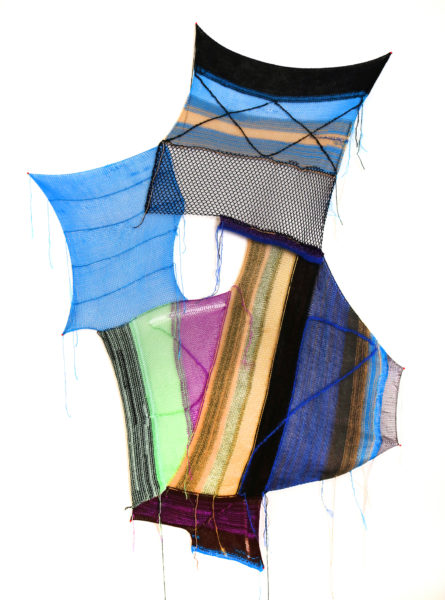
Earlier this year, my colleague Tamar Hovsepian and I decided to establish a curatorial practice with a focus on contemporary, experimental, and conceptual art. Both of us have extensive experience in curating and writing about contemporary art and regarded the establishment of a curatorial practice as a logical next step, so we discussed what we should look for when curating. For Tamar, a focus on women, especially those of Armenian origin, and an element of originality were important. “Curating is seeing and showing things in a way that is different and intriguing,” she explained. I also liked this emphasis on women and suggested that we add underrepresented artists such as those in the LGBTQ and people of color (POC) communities.
And what can one say then about the difference between a curator and gallery dealer? To a certain extent, the two functions overlap since both are charged with finding and exhibiting art, and sometimes writing about it. However, important differences remain. Dealers typically own a physical gallery with their name on it. And while curators usually charge a fee for their work, art dealers focus almost exclusively on selling art at the highest profit possible. A curatorial practice on the other hand, falls somewhere between a gallery and a museum. A curatorship combines business, scholarly research, writing, and advocating for artists by placing their work in important private collections and museums. By doing so, the curator tries to increase an artist’s visibility and share their importance and message with the world at large. Contrary to art dealers, whose main goal is to sell the art, curators may exhibit works that are not necessarily for sale. Free of this “sell or-die” mentality, the curators can more easily show important art which communicates a social and ethical message. Aesthetics and ethics are, of course, famously difficult to disentangle, and curators will also occasionally exhibit art that they simply find beautiful or visually inspiring. At heart then, the biggest difference between art dealers and curators lies in the simple fact that art dealers are essentially businesspeople while curators are creators themselves. Tamar succinctly notes, “We take our inspiration from the works that artists have created and build on the narrative and even shape new narratives with our exhibitions.” In other words, to come up with an idea, then choose fascinating, relevant artwork to bring this idea to life – what could be more fun or fulfilling?
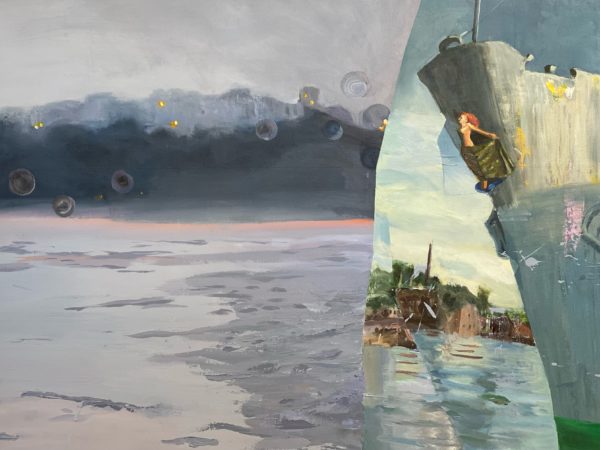
For our first exhibition at Atamian Hovsepian, slated for May 15-29 in New York City’s Chelsea area, we selected four women artists who take found objects, textiles, elements, or ideas from the past and repurpose/reappropriate them in their art. They turn the artwork into vehicles that carry the past into the future and present it in a new light, thus also infusing it with new meaning. Their work is both aesthetically new and intellectually challenging. With our vast network of artists from around the world, we selected the following people: LA Urban Public Art pioneer Judith Simonian paints large, breathtaking canvases; Melissa Dadourian fashions inventive textile collages and cubist oils; Linda Ganjian creates intricate sculptural reappropriations of her ethnic past; and last but not least, Greek-born Eozen Agopian melds found and new objects into fascinating multimedia creations. While the four artists’ works look and feel different, they are unified by the common theme that we identified, hence the exhibition’s title: “The Future of Things Passed.”
Finally, within an Armenian context, curators are especially important because Armenians are all but absent from the international art scene. While there are many talented artists in Armenia and throughout the diaspora, few have representation at major American, Asian or European galleries. The art world represents both financial and political clout, things that, along with cultural politics in general, Armenians lag. And while it’s true, for example, that artworld powerhouse Larry Gagosian is Armenian and partly sponsored the Armenian Pavilion at the 2015 Venice Biennale, he has no Armenian artists on his roster and his engagement in the Armenian world is limited at best. Tony Shafrazi and Sonia Balassanian occasionally curate, but they are artists first and foremost. Adelina Curburyan von Furstenberg, who curated the 2015 Golden Lion-winning pavilion, is one of the few Armenian curators of note. Yet absent other Armenian curators or collectors, only one artist from her brilliantly conceived Armenity pavilion was reportedly signed by a gallery. Add to the mix Hrag Vartanian and Veken Gueyekian, who both founded the wildly successful art blog Hyperallergic, and you have just about the entire sum total of influential Armenians on the American/European art scene. This means that Armenian artists are often left to fend for themselves.
